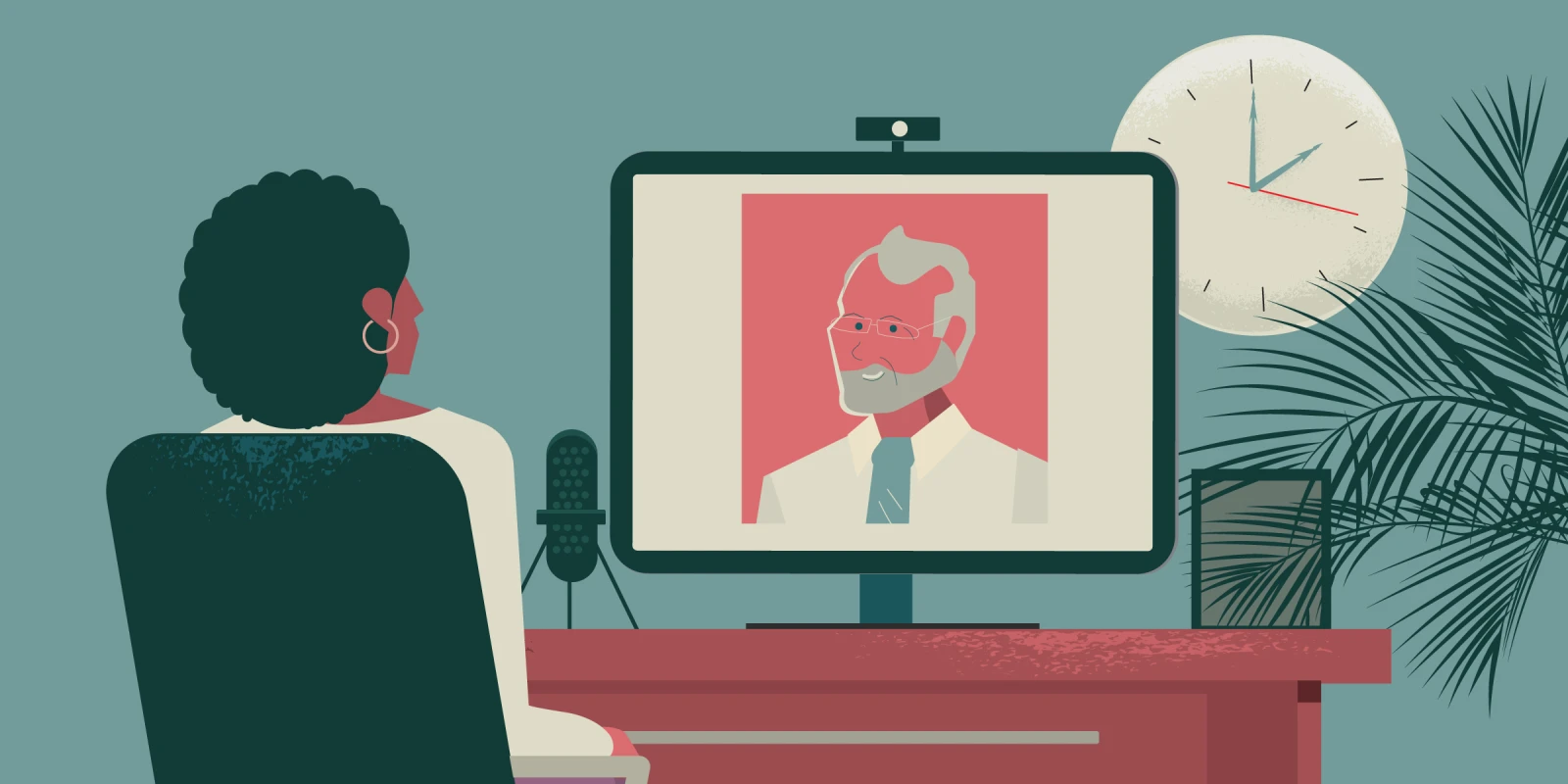COVID-19 has altered every facet of life as we know it, especially for those in medicine. For PAs and all other clinicians, this meant wearing the proper PPE, administering millions of COVID-19 tests, and practicing social distancing. Meanwhile, PA students saw changes to the application process and how the pandemic affected in-person education. We at Doximity had the opportunity to speak with soon-to-be PA student Danielle Balestra and practicing PA Samantha Wheeler about their experiences with changes to PA education and the PA profession due to the pandemic.
Before the pandemic hit, there were already barriers in place that made applying to PA school challenging. “For most people, I know that the challenge is trying to get as many hours of patient care as possible,” PA Wheeler said. “And especially now with COVID-19, there's a lot of programs and hospitals that aren't accepting students, which could probably make it really difficult for them.”
Balestra confirmed PA Wheeler’s opinions in regards to COVID-19 making the process of obtaining clinical hours more difficult. “I read a lot of people on forums saying, ‘Oh my gosh, I don't have my hours and shadowing,’ and then the schools were like, ‘Yeah, but you should have had that ready by now. What was a month and a half going to do for you?’” Balestra said. The lack of clinical opportunities created a barrier for aspiring students who may not have had the same time or resources to earn these hours before the pandemic hit.
Beyond the roadblocks to in-person time in clinics, Balestra mentioned several aspects of the new PA application process she hopes will carry on after the pandemic subsides, including virtual interviews. “I think you get the same thing out of the virtual interview process [as the traditional in-person interview]. Normally you go to the school, they have you in a big room with everyone, and they go over their presentation. Then you'll maybe have a Q&A with current students, a group interview, and a personal interview,” she said. “They were able to completely emulate that with breakout rooms and sharing screens.”
Another advantage of the virtual interview process is the financial and geographical accessibility it creates, according to Balestra. She experienced this benefit during her own interview process. “I actually had two interviews in one weekend, and one was in Miami and one was in D.C., and that wouldn't have been possible [before],” she said.
Just as COVID-19 required schools to quickly adapt to virtual interviews, PAs were required to quickly adapt to new safety protocols while also treating and supporting patients. PA Wheeler recalled the moments of collective panic and problem-solving early in the pandemic: “In the beginning, we were all nervous about who had been exposed and who hadn't. So we were making sure that we were wearing the proper PPE. Then we started to transition to telemedicine, which honestly has been great because we've been able to reach patients that maybe aren't able to make it into the office anyways.”
Patient care was transformed due to regulations that called for social distancing. However, telemedicine has continued to provide patients and clinicians an opportunity to connect, and has even helped reduce some barriers to health care. Just as virtual interviews have opened access to hopeful PA students, PA Wheeler noted that telemedicine has helped level the playing field in terms of access to health care: “We’ve used [telemedicine] to be able to see patients face to face, and that has been awesome. I think we're going to continue to incorporate that in our practice going forward, so that for some follow-ups, they don't have to drive all the way to the hospital to see us, but can still have a ‘face-to-face’ visit and address any of their concerns that they have through telemedicine.”
Though telemedicine is a workable alternative for hospital visits, changes to hospital visitation policies during the height of the pandemic created stress and strain for patients and their families. PA Wheeler witnessed the effects of this firsthand. “Something that's been difficult is, I worked in neurosurgery, and surgery is the scariest day for a patient’s life,” she said. “[Many] have family members who want to be there with them.” Due to a need to control potential spreading of the virus, patients have had to undergo important checkups and procedures without the support of loved ones present. “I'll have patients’ family members calling me saying, ‘Am I going to be able to go into the pre-op area with them?’ And, and for a while, the answer was no. And that's really sad that you have your mother, father, or sister having brain surgery, and you can't be there with them before they go back.”
From stressful interviews via camera to emotional conversations with patients from behind masks, the COVID-19 pandemic has profoundly affected both prospective and practicing PAs. As we approach vaccination milestones and restrictions begin to lift, it is clear that, despite the many hurdles they have had to face, a new generation of PAs is looking forward to joining in making a meaningful impact to health care.
Tell us about a change you adapted to during the pandemic. Should the change stay or go back to the previous normal? Share your experiences and insights in the comments.






